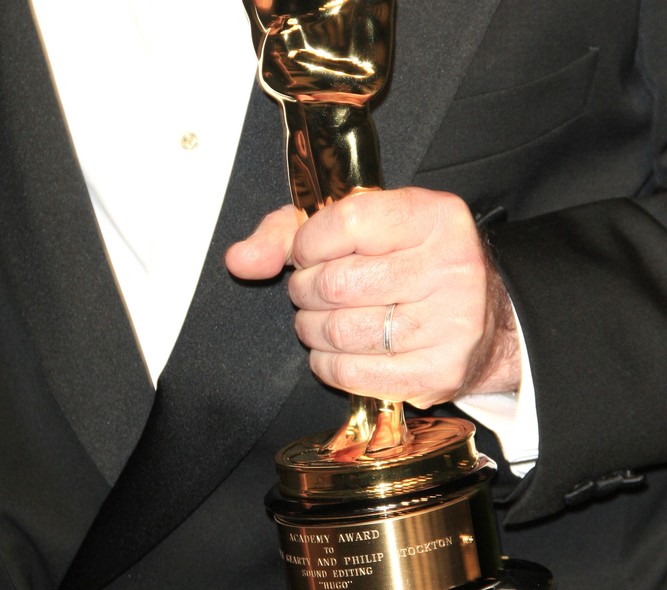This Oscar week I discovered a side to the ‘Academy of Motion Picture Arts and Sciences’ that’s never mentioned in the press!
I was at a seminar held by the BBC to discuss the update to their Guide to Low Energy Lighting. Lighting designer Francesco Anselmo pointed out in his talk, the link between this guide and the Academy Report on Incandescent Illumination, published way back in 1928, just a year after The Academy was founded. It’s good to see that lighting has been a priority for our industry since its very beginnings!
The meeting was chaired by Hattie Park, Project Manager, Environmental Sustainability at the BBC. Since the launch of Albert, their carbon calculator tool in 2010, the BBC have championed sustainable programme making and work closely with organisations such as BAFTA’s Media Greenhouse to provide practical resources for film and tv programme makers.
The first speaker was Francesco Anselmo, Senior Lighting Designer at Arup. His priorities for lighting are efficient equipment, efficient design and efficient management and when these three things come together that’s a perfect light in his book.
Richard Salmon, Lead Technologist in the BBC Research and Development department then shared his experience of working with outside broadcast teams, shooting live sport with low energy lighting. He described the rigorous testing needed to make sure that no flicker is produced when filming.
Alan Roberts, HDTV & Colour Science consultant then ran through the TLCI – Television Lighting Consistency Index. Alan is convinced that CRI is now an inadequate standard by which to judge colour quality in film lighting.
The final speaker was Richie Stephen, gaffer on Casualty, who, when the production moved to Cardiff was forced to adopt low energy lighting by the requirements of the local fire department! When the set was reclassified as a permanent building he discovered that the fire prevention system would come on automatically at above 60 degrees Celsius, requiring a cool operating lighting solution to be found. Although he was forced to choose LEL initially, Richie now sees so many advantages that he wouldn’t go back to traditional alternatives.
During the Q&A session afterwards I commented that one of the lights Alan Roberts had suggested as a low energy solution was one I’d recently taken out of our rental kit, because the build quality was substandard and the light wasn’t therefore a reliable option for use on set.
I’m convinced that a light’s robustness and how long it lasts has to be considered in any discussion of whether a light can be truly sustainable. Otherwise we’re just saving energy to create waste.We also need to look at the build quality, whether or not parts of the light can be recycled, and the side benefits for a production of having a cool operating, usually portable, light source.
It was a good discussion, and interesting to compare the situation in tv lighting with what our customers tell us about using low energy lights in film.
I try and keep all this in mind every time I add a light to our range of film lighting for hire here at Greenkit.


